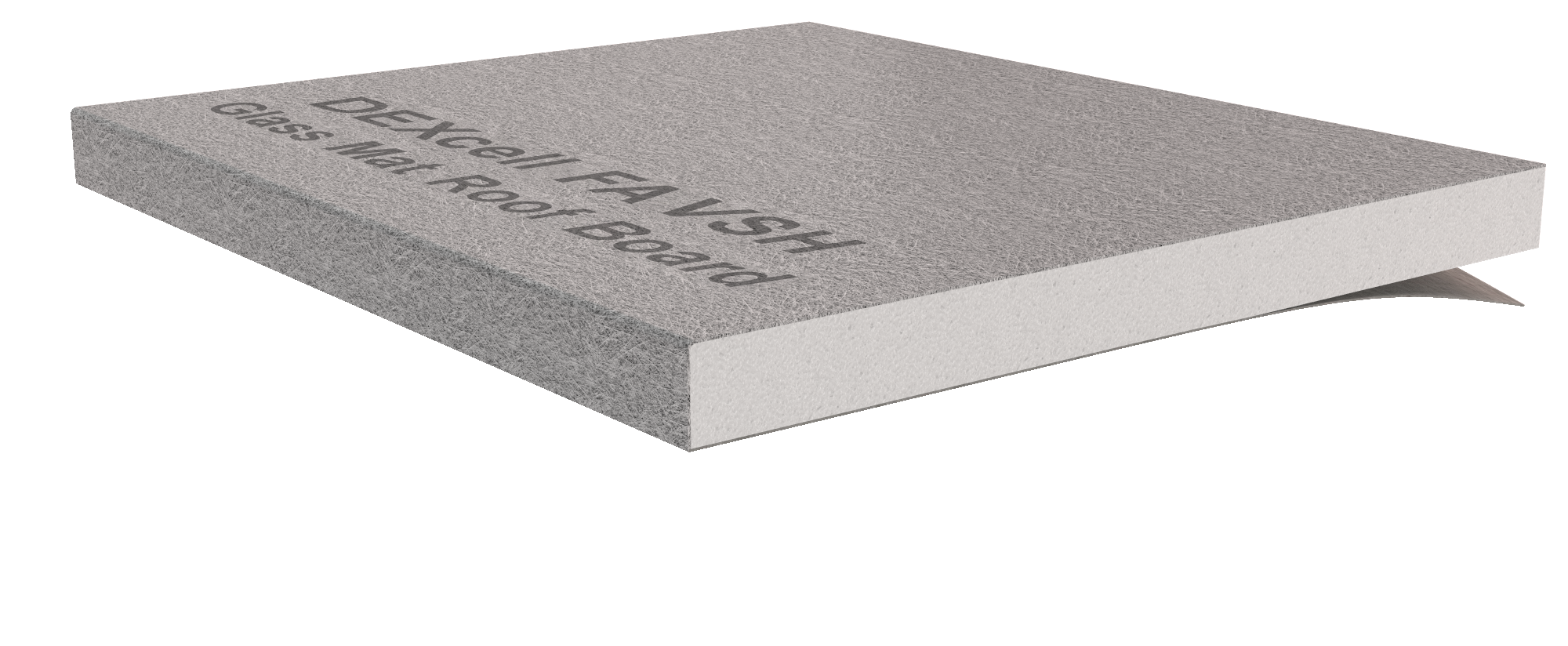 Roofing Systems
Roofing Systems
Defending your roof from hail damage
New DEXcell product provides solution for FM VSH single-ply and multi-ply assemblies

“It’s hail and it’s smashing, in the bad way.” Robinson Meyer, The Atlantic’s lead climate reporter used these words to refer to America’s Most Underrated Climate Risk.
Meyer reports that hail’s “ability to cause rapid, sudden, and unpredictable physical damage is outmatched only by tornadoes and wildfires. When baseball-size hail smacked the Denver area in 2017, it caused the state’s costliest natural disaster ever. Hail in Alberta, Canada, has caused similar damage."
So, what qualifies as very severe hail?
According to Factory Mutual (FM), which specializes in loss prevention and testing and has rated regions in the United States as either Moderate, Severe, or Very Severe Hail Prone Zones, Very Severe Hail is considered anything larger than 2 inches (or 51 mm) in diameter (Source: FMDS0134).
For comparison, the NOAA National Severe Storms Laboratory rates very severe hail in the context of familiar objects:
- Tennis Ball = 2 1/2 inches
- Baseball = 2 3/4 inches
- Teacup = 3 inches
- Softball = 4 inches
- Grapefruit = 4 1/2 inches
Costs from hailstorm damage continue to rise and insurance companies are demanding new requirements on commercial roofing systems that will resist damage, including from very severe hail (VSH).
Damage From Foot Traffic
In addition to the hail damage, there is also additional roof damage that occurs when workers – no matter how careful – are performing repairs or general maintenance. When you multiply the weight of multiple people walking around on your roof (along with their equipment), that’s a reason to reinforce and protect it with a quality coverboard.
Designing for Very Severe Hail
So, what can building owners, roofing consultants and contractors do to prevent the insurance claims and repairs that inevitably follow damage from very severe hail? You can start by selecting the right materials and assemblies, including coverboards, to improve the strength of your commercial roofing systems.
Utilizing a hard coverboard for your roof is more important than ever. A coverboard can minimize the damage – from hail and foot traffic – to the membrane and insulation. It protects a watertight covering to protect the interior of a building and provides a stable layer for the membrane to adhere.
A Board to Handle the Extremes

DEXcell FA VSH™ Glass Mat Roof Board, a new product in National Gypsum’s line of DEXcell® roof boards, has been designed to provide a solution for buildings prone to very severe hail (VSH) damage.
DEXcell FA VSH boasts a stronger core designed to withstand a 2-inch ice ball traveling at 106 miles per hour with single-ply membranes in the FM Test Standard 4473.
DEXcell FA VSH delivers enhanced hail, puncture and wind resistance, meets critical testing requirements and provides a proven solution for FM VSH single-ply and multi-ply assemblies, making it an excellent choice for roof assemblies requiring maximum hail and puncture resistance.
Why DEXcell?
DEXcell® Roof Board products cover the entire spectrum of commercial roofing applications. Whether your building shelters expensive equipment or valued people, DEXcell® Roof Boards will cover more than your roof.







